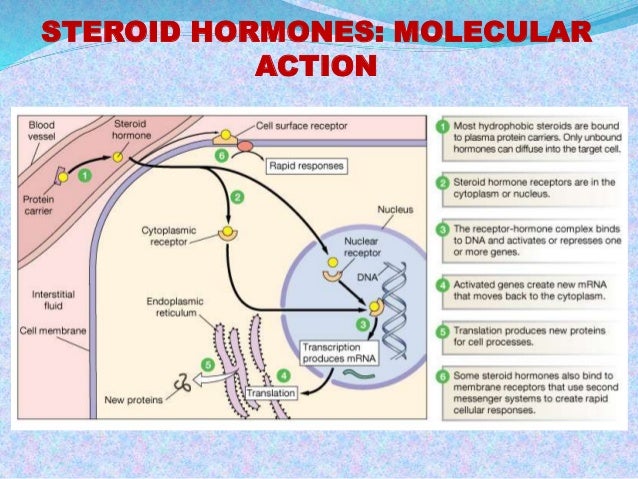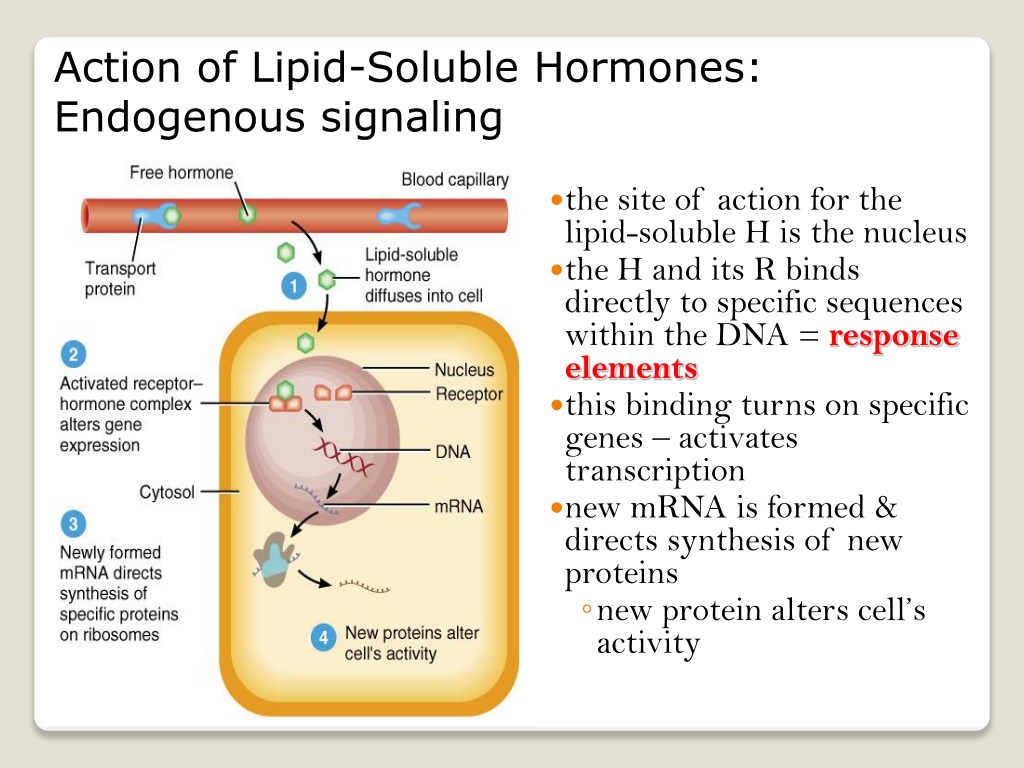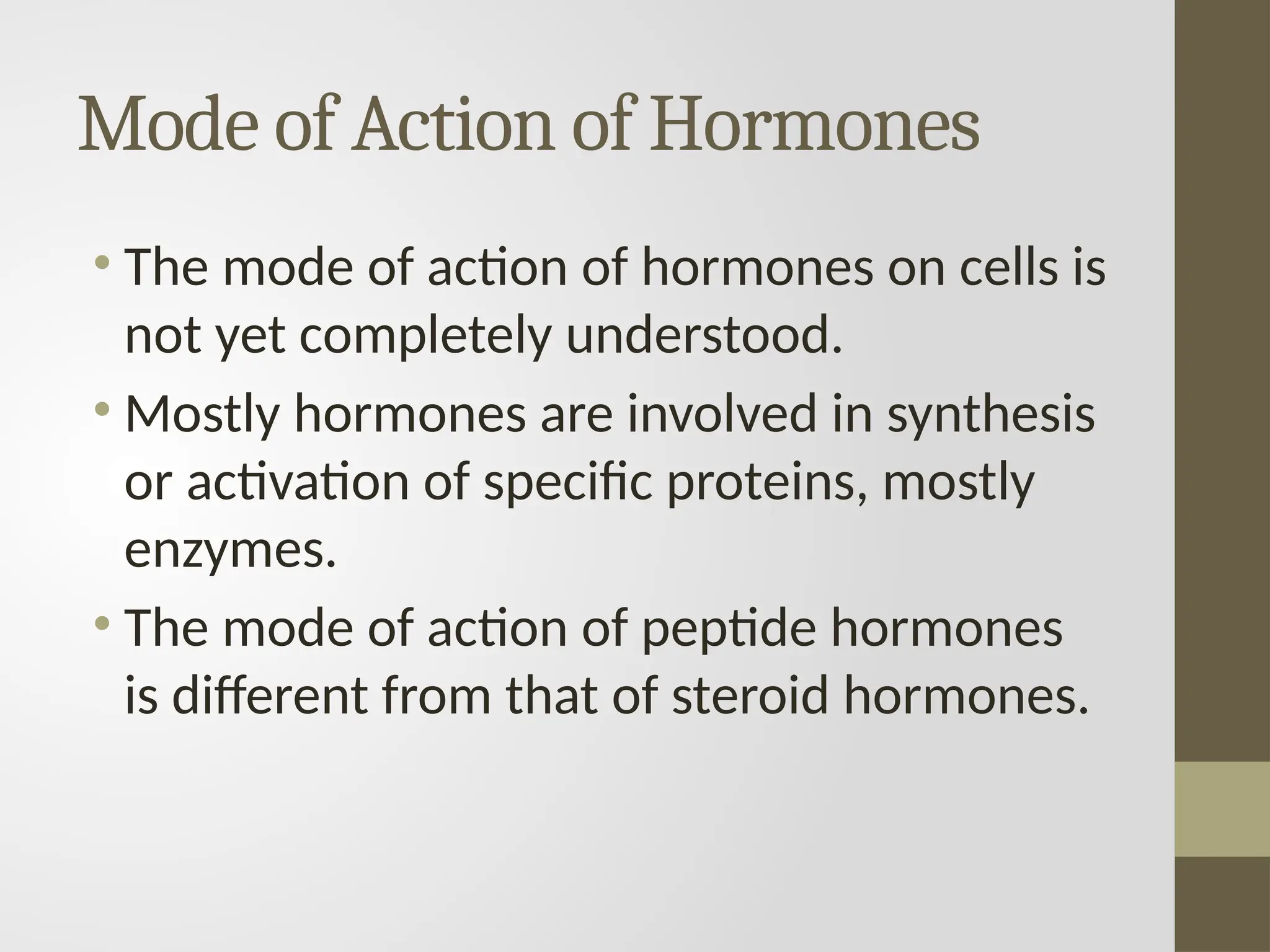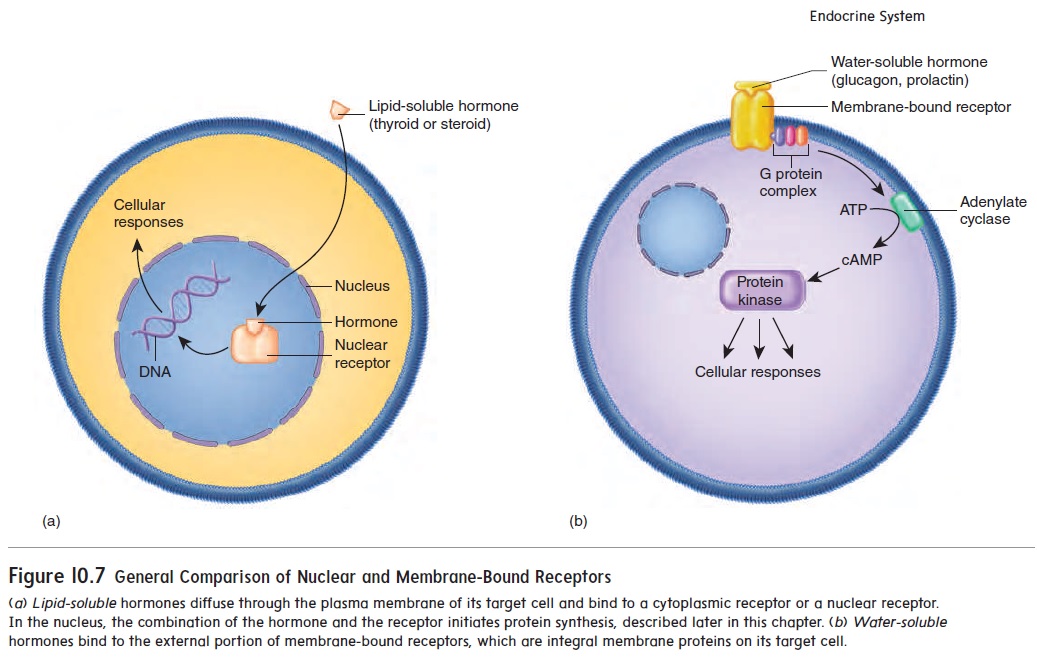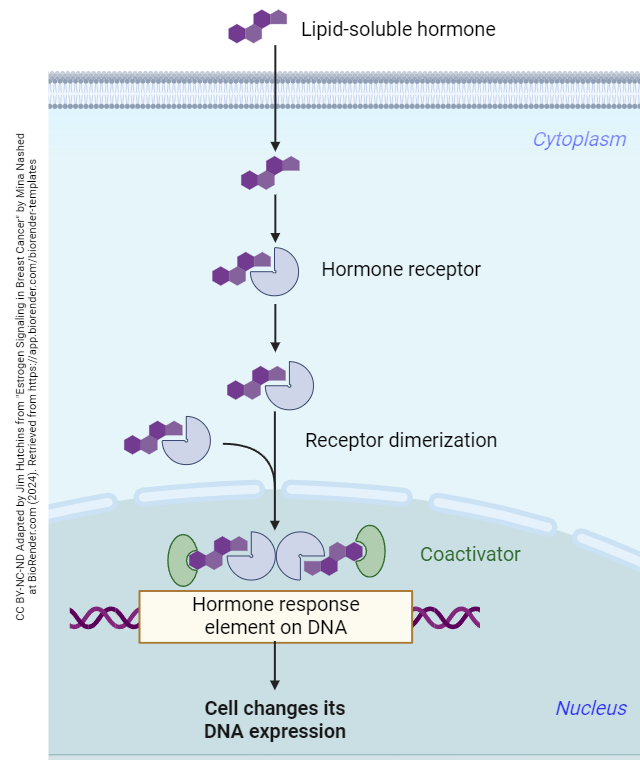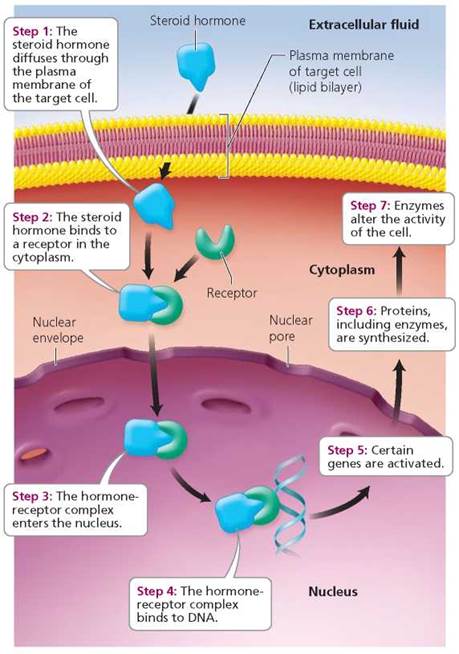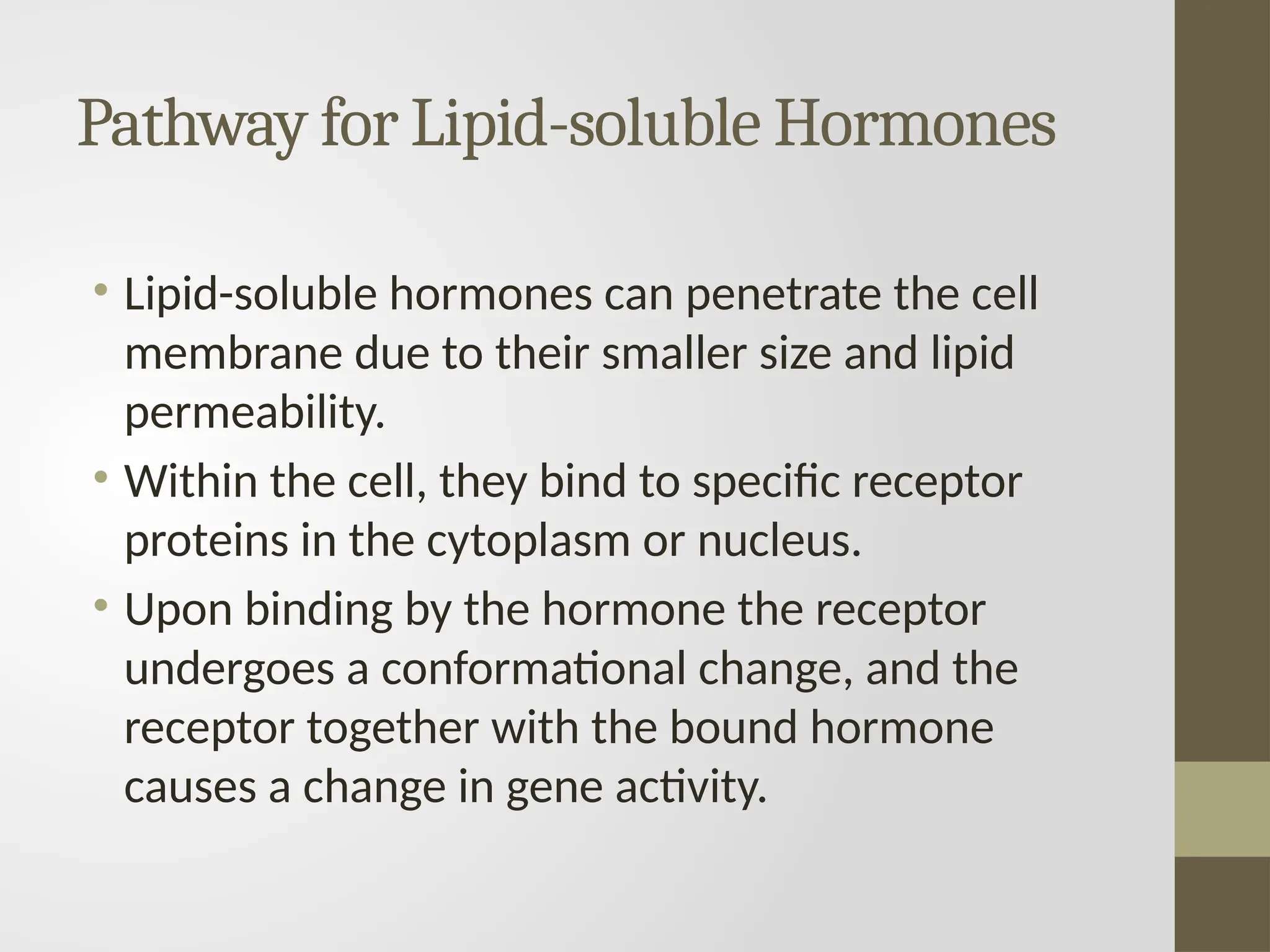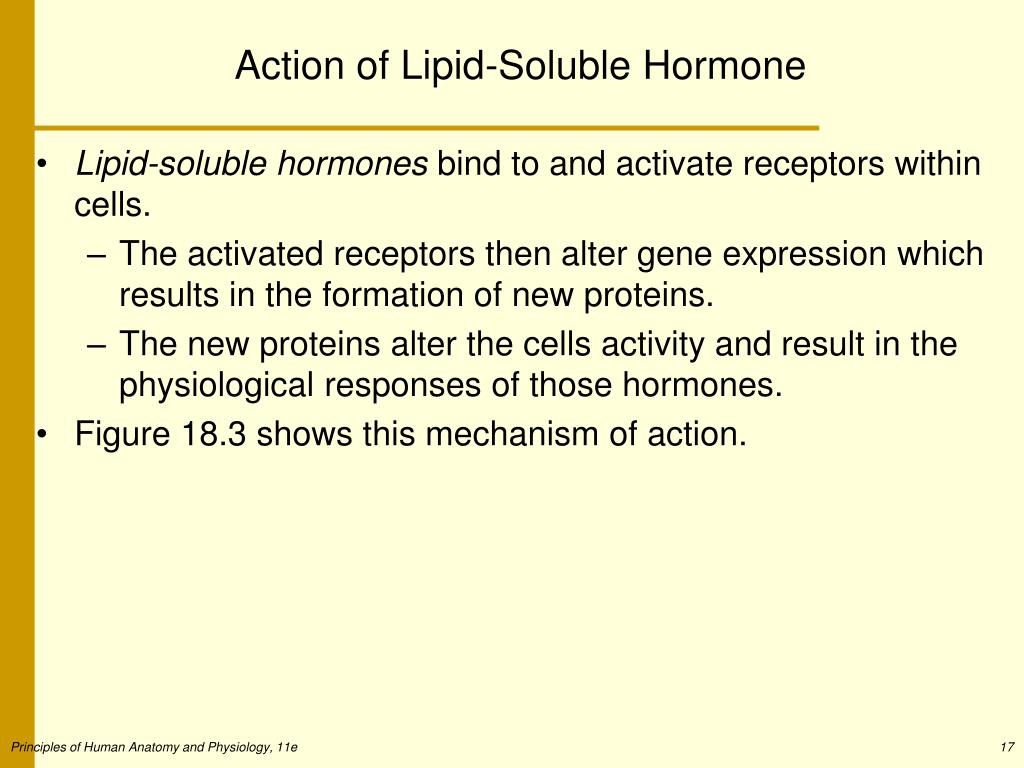What Is The Mechanism Of Action Of Lipid Soluble Hormones
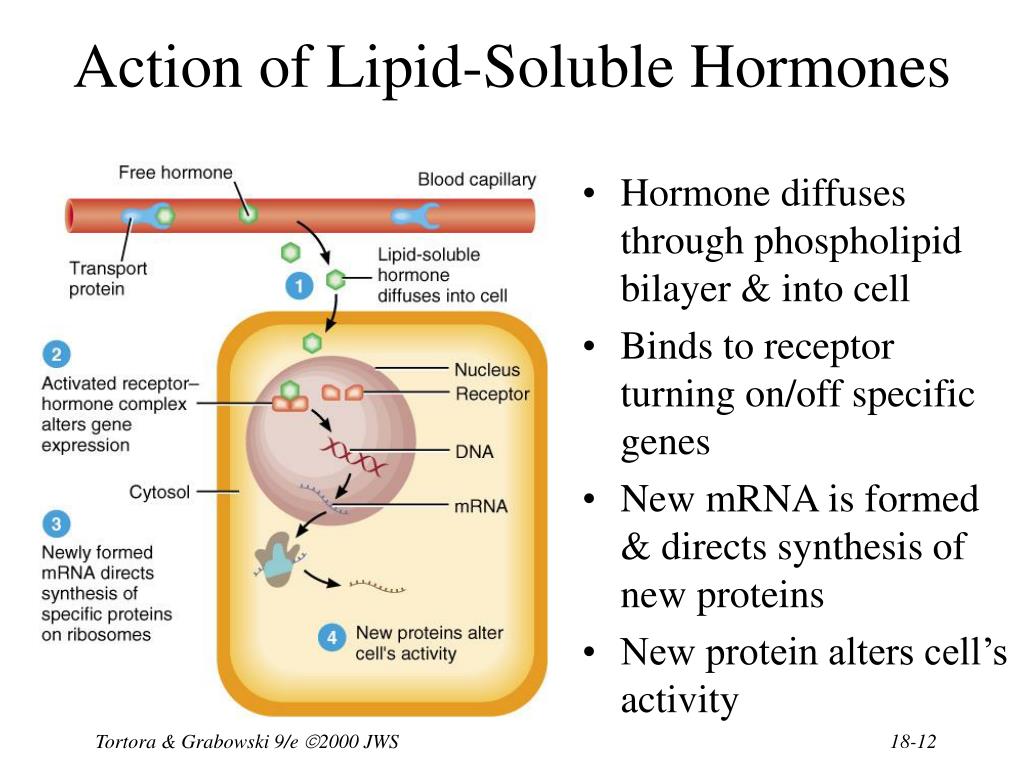
In the intricate dance of cellular communication, hormones act as messengers, orchestrating a myriad of physiological processes. Among these, lipid-soluble hormones stand out due to their unique mode of action, bypassing traditional cell surface receptors to directly influence gene expression within the cell's nucleus.
This mechanism allows for profound and lasting effects on cellular function, shaping development, metabolism, and reproduction. Understanding how these hormones exert their influence is crucial for comprehending human health and disease, offering potential targets for therapeutic interventions.
This article delves into the fascinating world of lipid-soluble hormones, unraveling the molecular mechanisms that underpin their actions and exploring the implications for both normal physiology and pathological conditions.
The Essence of Lipid Solubility
Unlike their water-soluble counterparts, lipid-soluble hormones, such as steroids (e.g., cortisol, estrogen, testosterone), thyroid hormones (T3 and T4), and retinoids (vitamin A derivatives), possess the ability to traverse the cell membrane with relative ease.
This is due to their hydrophobic nature, allowing them to dissolve in the lipid bilayer that forms the cell's outer boundary. This fundamental property dictates the unique pathway these hormones take to exert their effects.
Intracellular Receptors: The Key to Action
The journey of a lipid-soluble hormone doesn't end at the cell membrane. Rather than binding to receptors on the cell surface, these hormones interact with intracellular receptors, primarily located in the cytoplasm or nucleus.
These receptors are specialized proteins that bind to specific hormones with high affinity. This binding event initiates a cascade of molecular events that ultimately lead to changes in gene expression.
Receptor Activation: A Conformational Shift
When a lipid-soluble hormone binds to its receptor, it induces a conformational change in the receptor protein. This alteration allows the receptor to dimerize, meaning it forms a complex with another receptor molecule.
This dimerization process is crucial for the receptor's subsequent interaction with DNA.
"The hormone-receptor complex undergoes a transformation upon ligand binding, enabling it to function as a transcription factor,"explains Dr. Anya Sharma, a leading endocrinologist at the National Institutes of Health.
DNA Binding: Targeting Specific Genes
The dimerized hormone-receptor complex then translocates to the nucleus (if it isn't already there) and binds to specific DNA sequences called hormone response elements (HREs).
HREs are located in the promoter regions of target genes, controlling their transcription. The binding of the hormone-receptor complex to the HRE recruits other proteins, such as coactivators or corepressors, which modulate the rate of gene transcription.
Gene Transcription: Altering Protein Synthesis
Depending on the hormone and the specific HRE, the hormone-receptor complex can either increase (upregulate) or decrease (downregulate) the transcription of the target gene.
This alteration in transcription leads to a change in the amount of mRNA produced, which in turn affects the amount of protein synthesized. The ultimate result is a change in cellular function, reflecting the specific action of the hormone.
Specific Examples and Their Impacts
The mechanism of action described above is common to all lipid-soluble hormones, but the specific genes regulated and the resulting physiological effects vary widely.
For example, estrogen, a steroid hormone, binds to estrogen receptors (ERs) in various tissues, including the uterus, breast, and brain. The estrogen-ER complex regulates genes involved in female reproductive development, bone density, and cognitive function.
Similarly, thyroid hormones (T3 and T4) bind to thyroid hormone receptors (TRs) in virtually all tissues of the body. The thyroid hormone-TR complex regulates genes involved in metabolism, growth, and development.
Implications for Health and Disease
The intricate mechanism of action of lipid-soluble hormones has profound implications for human health and disease. Disruptions in hormone production, receptor function, or HRE sequences can lead to a wide range of disorders.
For instance, resistance to thyroid hormone (RTH) is a genetic condition caused by mutations in the TR gene. This results in impaired thyroid hormone signaling, leading to a variety of symptoms, including goiter, attention deficit hyperactivity disorder (ADHD), and developmental delays.
Furthermore, many cancers, such as breast and prostate cancer, are hormone-dependent, meaning their growth is stimulated by hormones like estrogen and testosterone. Therapies that target hormone receptors or hormone synthesis are often used to treat these cancers.
"Understanding the intricacies of hormone signaling pathways is critical for developing targeted therapies for a variety of diseases,"notes Dr. Carlos Rodriguez, a researcher specializing in endocrine oncology.
Future Directions and Therapeutic Potential
Research into the mechanism of action of lipid-soluble hormones is ongoing, with a focus on identifying novel targets for therapeutic intervention.
One promising area of research is the development of selective receptor modulators (SERMs) and selective androgen receptor modulators (SARMs). These compounds bind to hormone receptors with high affinity but have tissue-specific effects, minimizing unwanted side effects.
Another area of interest is the development of drugs that target coactivators and corepressors, which play a crucial role in regulating gene transcription. These drugs could potentially be used to fine-tune hormone signaling pathways and treat a variety of diseases.
Conclusion
The mechanism of action of lipid-soluble hormones is a complex and fascinating area of biology. Their ability to directly influence gene expression gives them a powerful and lasting effect on cellular function.
A deeper understanding of this mechanism is crucial for comprehending human health and disease and for developing novel therapies that target hormone signaling pathways. As research continues, we can expect to see even more innovative approaches to harness the power of these hormones for therapeutic benefit.
